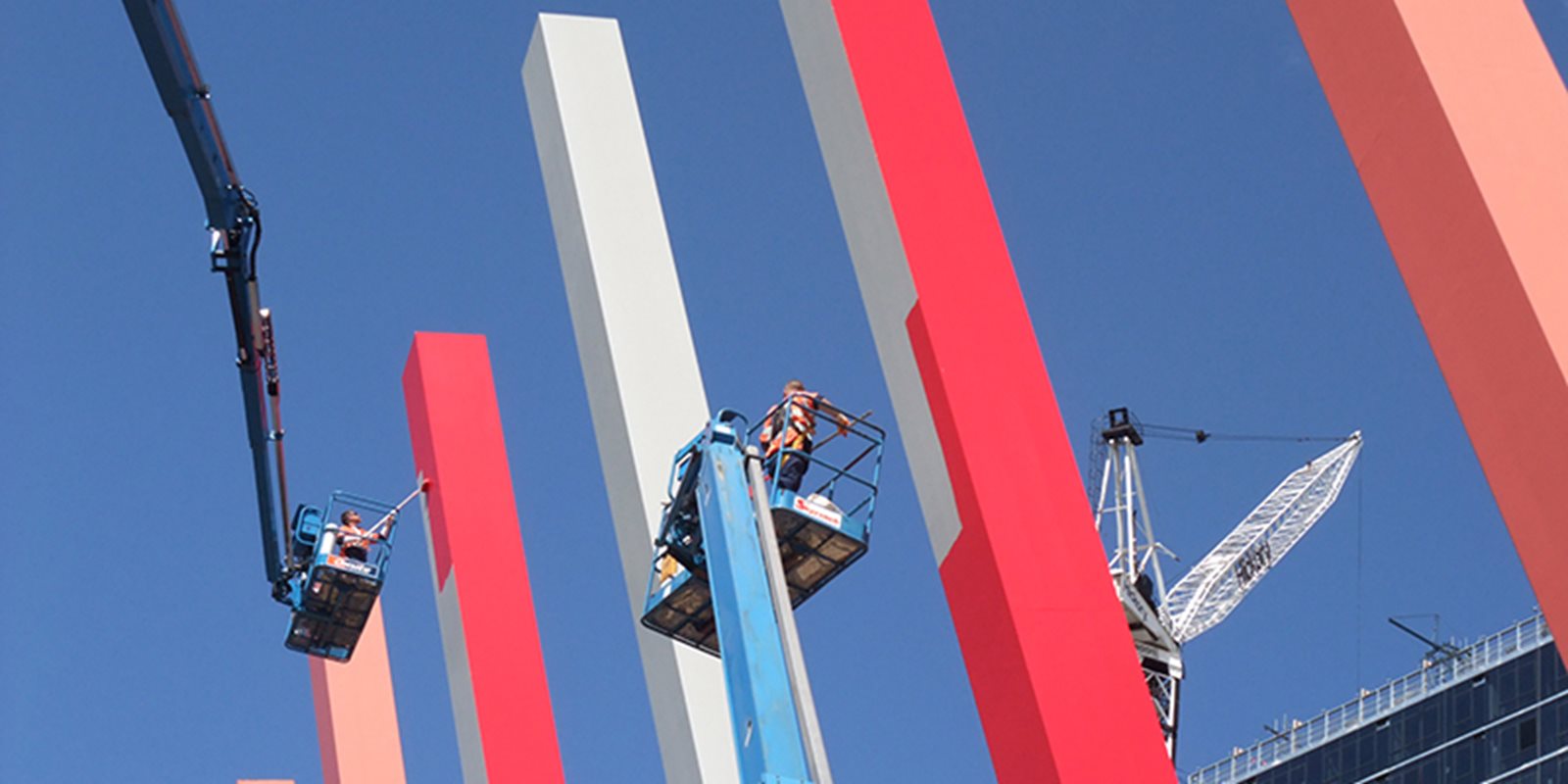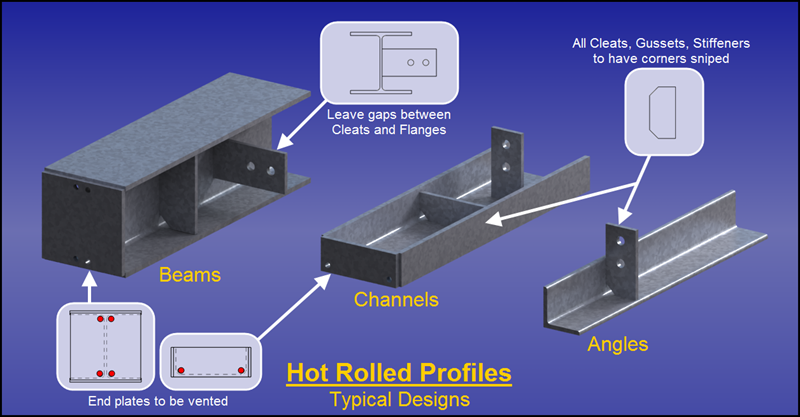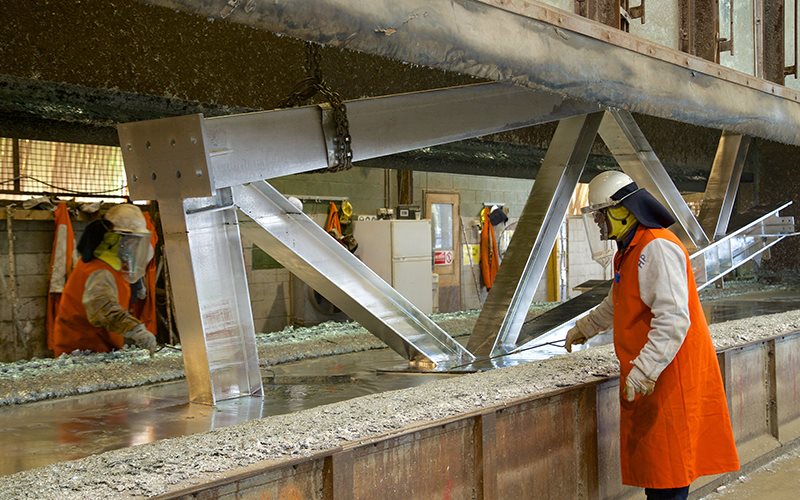

Architects, engineers and specifiers, as well as others in the steel supply chain, need to understand the importance of a technically robust approach to specifying corrosion protection to steel structures.
Corrosion costs Australia billions of dollars every year. Indeed, the CSIRO reports that the annual cost is as high as 2–3% of Australia's GDP. In addition, corrosion has other hidden costs such as the early depletion of our natural resources, an increase in hazards to public safety, property damage and environmental hazards, and the inconvenience caused to the general public when an item fails due to corrosion, such as when a water pipe bursts in peak hour traffic.
It is widely recognised that the most cost-effective method of inhibiting corrosion of structural steel is through the use of protective coatings. Architects, engineers and specifiers, as well as others in the steel supply chain, need to understand the importance of a technically robust approach to specifying corrosion protection for steel structures.
Balanced against technical rigour is the need to ensure solutions are both fit-for-purpose and cost-effective. In particular, there is significant scope for value engineered solutions with regard to coating system selection, taking into account the whole-of-life costs of the intended structure or facility and longer-term maintenance costs of paint systems versus hot-dip galvanizing.
.jpg?variant=HalfWidth)
(Above) On-site painting of steel structure. Courtesy Dulux.
Section 9 of AS/NZS 5131:2016 ‘Structural steelwork – fabrication and erection’ covers surface treatment and corrosion protection of structural steelwork and requires:
the selection of a ‘coating quality level’ (PC1 or PC2) with attendant requirements for the extent of the quality documentation where the surface is intended to be painted
the construction specification to provide a range of information necessary to ensure the correct corrosion protection system is selected
the preparation of steel surfaces for either painting or galvanizing to meet specified requirements
the selection of a ‘treatment grade’ (P1 to P3) where the surface is intended to be painted
References AS/NZS 2312 in relation to selection of the appropriate paint system or galvanizing
References Section 10 of AS/NZS 5131 for particular requirements for architecturally exposed structural steelwork.

Australian Standard AS/NZS 2312 ‘Guide to the protection of structural steel against atmospheric corrosion by the use of protective coatings’ provides the technical basis for selection of the appropriate corrosion protection system to suit the intended corrosion environment for the structure and a number of other factors influencing the design outcomes. AS/NZS 2312 comes in two parts:
Part 1: Paint coatings
Part 2: Hot dip galvanizing
In relation to paint coatings, AS/NZS 2312.1 outlines a process for protective coating selection of:
Determine corrosivity of the environment (Section 2, Appendix B, AS 4312)
Determine other factors (Sections 3, 4, 5 and 7)
– Design or fabrication issues
– Colour and aesthetic requirements
– New or maintenance regime
– Surface preparation or application issues
– Environmental, WHS limitations
Identify candidate coating systems (Section 6)
Decide optimal system
Identify QA, inspection requirements
Write specification.
In respect of hot dip galvanized coatings, AS/NZS 2312.2 references:
selection of the appropriate hot dip galvanized coating system based on the atmospheric corrosivity and the intended life to first maintenance
general design principles to avoid corrosion
design details required to ensure optimal galvanizing process (importantly, including venting and drainage holes for hollow sections)
details for connections, both bolting and welding related
preparation and application of duplex systems (paint over galvanized steel)
AS/NZS 4680 ‘Hot-dip galvanized (zinc) coatings on fabricated ferrous articles.

The ASI publication Australian steelwork corrosion and coatings guide’ 2nd edition 2015 provides detailed guidance on selecting and specifying the correct corrosion protection systems utilising the above-mentioned Standards.